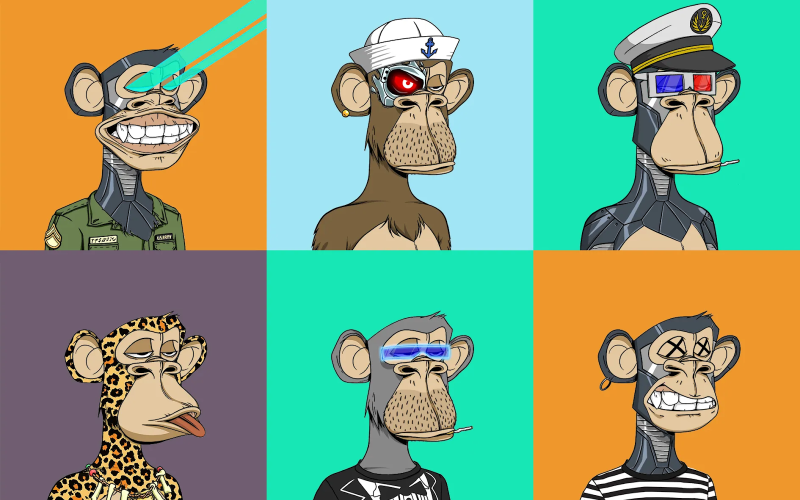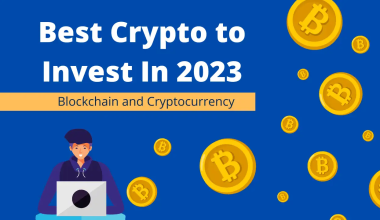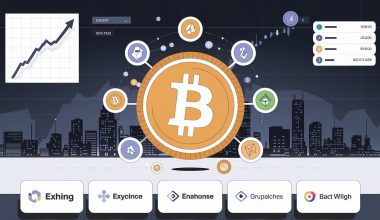Non-Fungible Tokens (NFTs) have recently gained popularity in the art and collectibles industry. NFTs are unique and valuable digital assets that use blockchain technology to verify ownership and validity.
Traditional art, on the other hand, has been the bedrock of the art industry for decades, with real artworks acquired and sold at auctions and galleries throughout the world.
However, with the introduction of NFTs, some are questioning if conventional art can keep its dominance in the art world.
In this essay, we will look at the potential effects of NFTs on traditional art and attempt to answer the question:
Which Will Win: NFTs or Traditional Art?
One of the most notable advantages of NFTs is their capacity to authenticate the validity and provenance of digital assets. Verifying the authenticity of traditional art can be difficult, and forgery is a prevalent problem. NFTs leverage blockchain technology to generate an unalterable record of the artwork’s ownership, making it hard to forge or counterfeit.
This added layer of security makes NFTs appealing to collectors who appreciate the authenticity and provenance of their artwork.
Traditional art, on the other hand, has a lengthy and illustrious past that has established it as a sign of wealth and status. A famous artwork or sculpture can be passed down from generation to generation, giving a sense of connection and history. While NFTs can create a similar sensation of ownership, they lack conventional art’s tangible presence and history.
Another advantage of traditional art is that it delivers an emotional and sensory experience. A piece of art’s texture, color, and physical presence can provoke emotions and connect with the observer on a deeper level. Because NFTs are digital assets, they lack this physical and emotional link, making them less appealing to some collectors.
The value of traditional art is partly determined by the art market, which has existed for centuries. Auction houses and galleries allow the purchasing and selling of artwork, with prices determined by supply and demand. While NFTs are becoming more popular, they lack the same established market, making it impossible to identify the true value of a piece. The volatility of cryptocurrency markets, which is the underlying technology of NFTs, adds an additional element of uncertainty to the value of NFTs.
More reading…
Non-fungible tokens, or NFTs, are distinct digital assets that are kept on a blockchain. They can be used to represent a variety of digital content categories, including tweets, music, videos, and art. NFTs have been more well-liked recently, and their market has expanded significantly.
Having a sense of ownership and authenticity over digital content is one possible advantage of purchasing NFTs. NFTs enable both producers and consumers to validate the originality and distinctiveness of their work as well as the ownership of a particular digital asset.
Purchasing NFTs may also be advantageous because of their potential for value growth. Some collectors consider NFTs to be a long-term investment because they have been known to sell for millions of dollars.
It’s crucial to remember that NFTs’ values can be quite volatile, and there is no assurance that they will appreciate in value over time. In addition, because the market for NFTs is still developing and unproven, there is a chance of fraud or frauds.
Before making any investment decisions, it’s crucial to conduct your own research, comprehend the dangers involved, and seek guidance from a financial expert if you plan to purchase NFTs in 2023.
Online marketplaces for NFTs (Non-Fungible Tokens) allow users to purchase, sell, and exchange NFTs. Digital assets known as NFTs signify ownership of distinctive items like works of art, videos, and tweets.
Some of the most well-known NFT marketplaces are listed below:
- OpenSea – OpenSea is one of the largest and most well-known NFT marketplaces. It allows users to buy and sell a wide variety of digital assets, including art, music, domain names, and virtual real estate.
- Rarible – Rarible is an NFT marketplace that allows creators to mint their own NFTs and sell them directly to buyers. It offers a wide range of digital assets, including artwork, photography, and memes.
- SuperRare – SuperRare is an NFT marketplace focused on digital art. It offers a curated selection of high-quality artwork from some of the most talented artists in the world.
- Nifty Gateway – Nifty Gateway is an NFT marketplace that offers a wide range of digital assets, including art, music, and collectibles. It also hosts regular drops of limited-edition NFTs from well-known artists and creators.
- Foundation – Foundation is an NFT marketplace that focuses on supporting emerging artists and creators. It offers a curated selection of high-quality digital artwork, photography, and other creative works.
- KnownOrigin – KnownOrigin is an NFT marketplace that focuses on supporting independent artists and creators. It offers a wide range of digital art, music, and other creative works.
- AtomicMarket – AtomicMarket is an NFT marketplace that focuses on gaming and virtual worlds. It allows users to buy and sell virtual assets, such as game items and virtual real estate.






